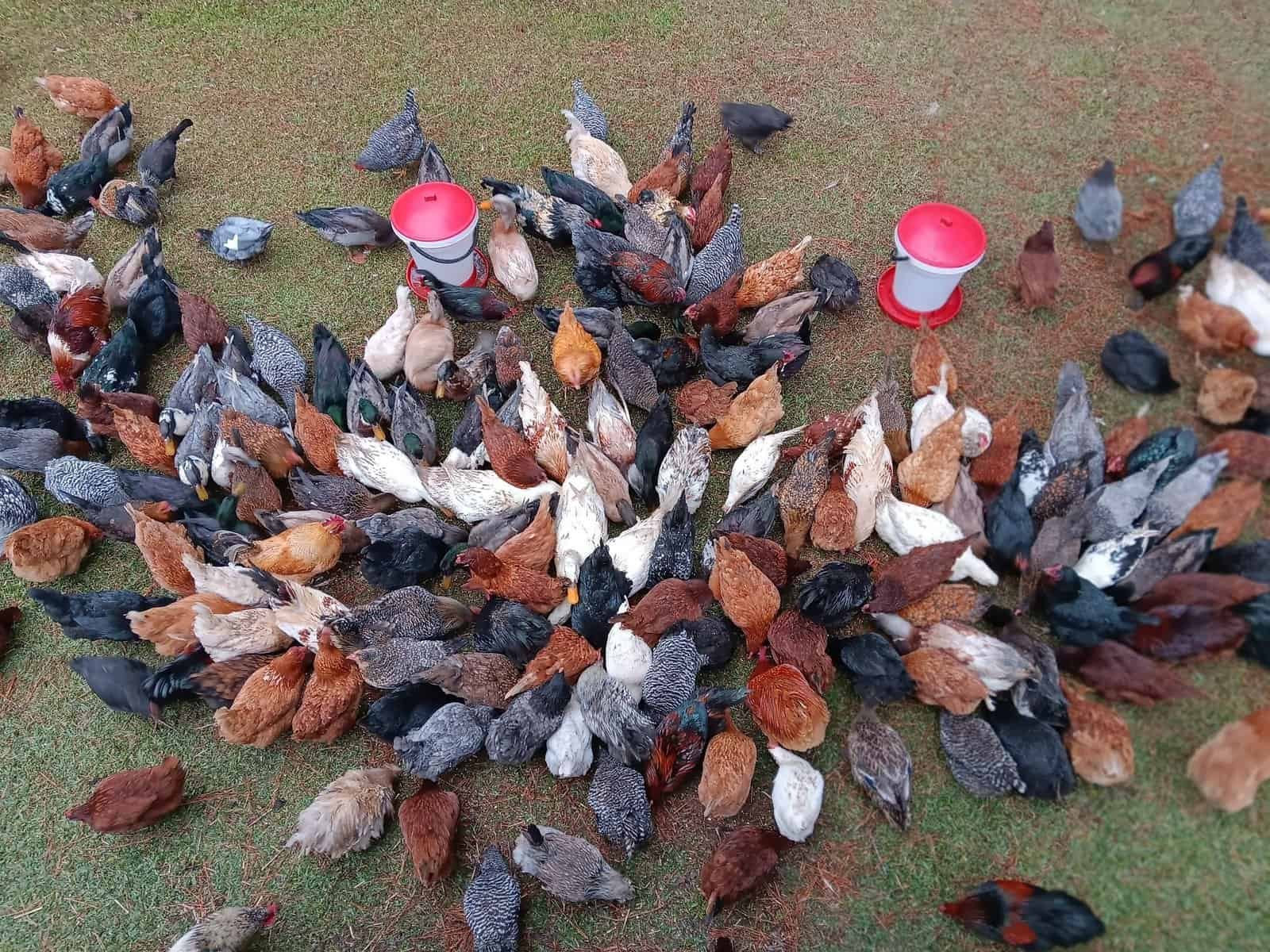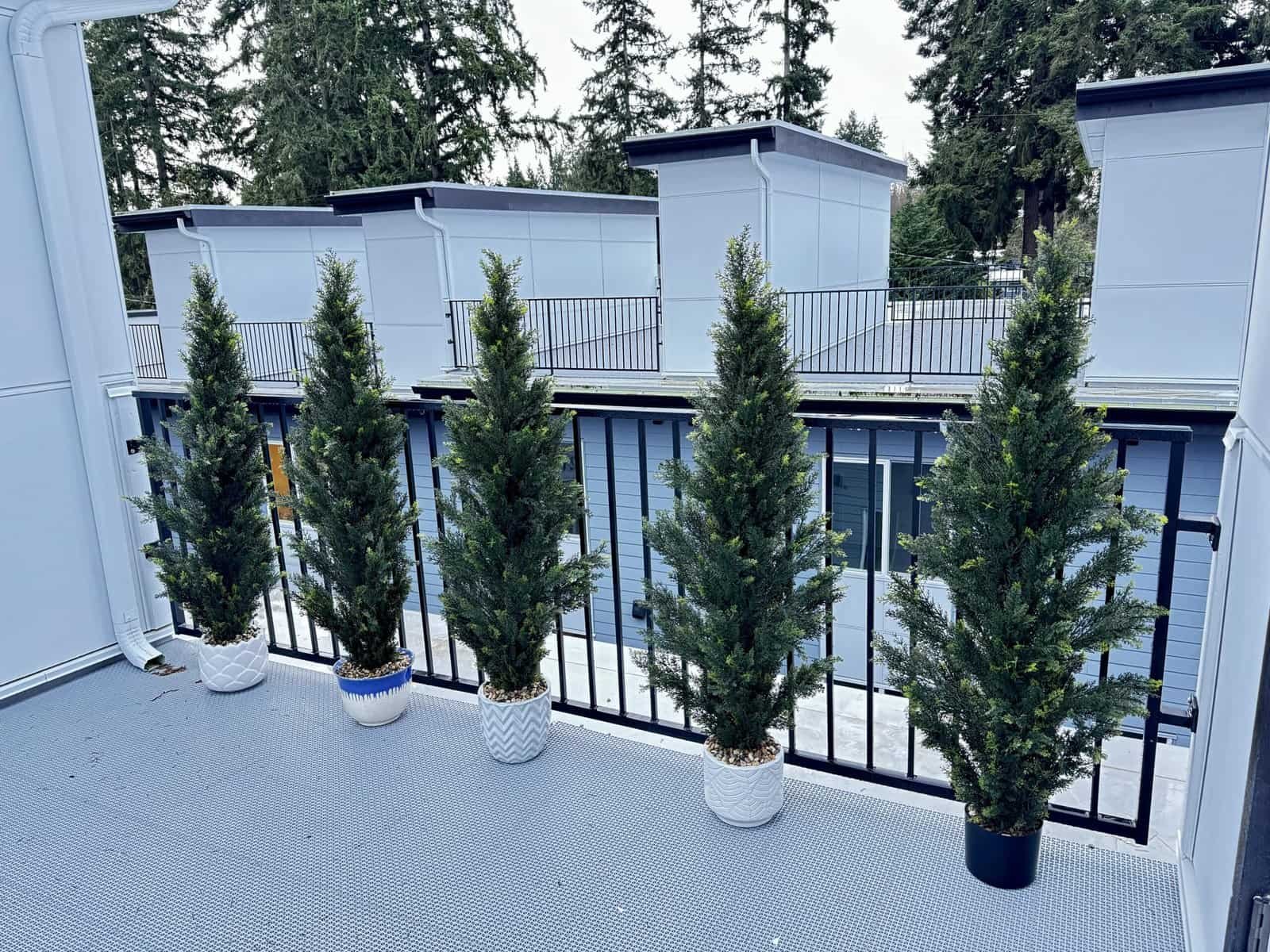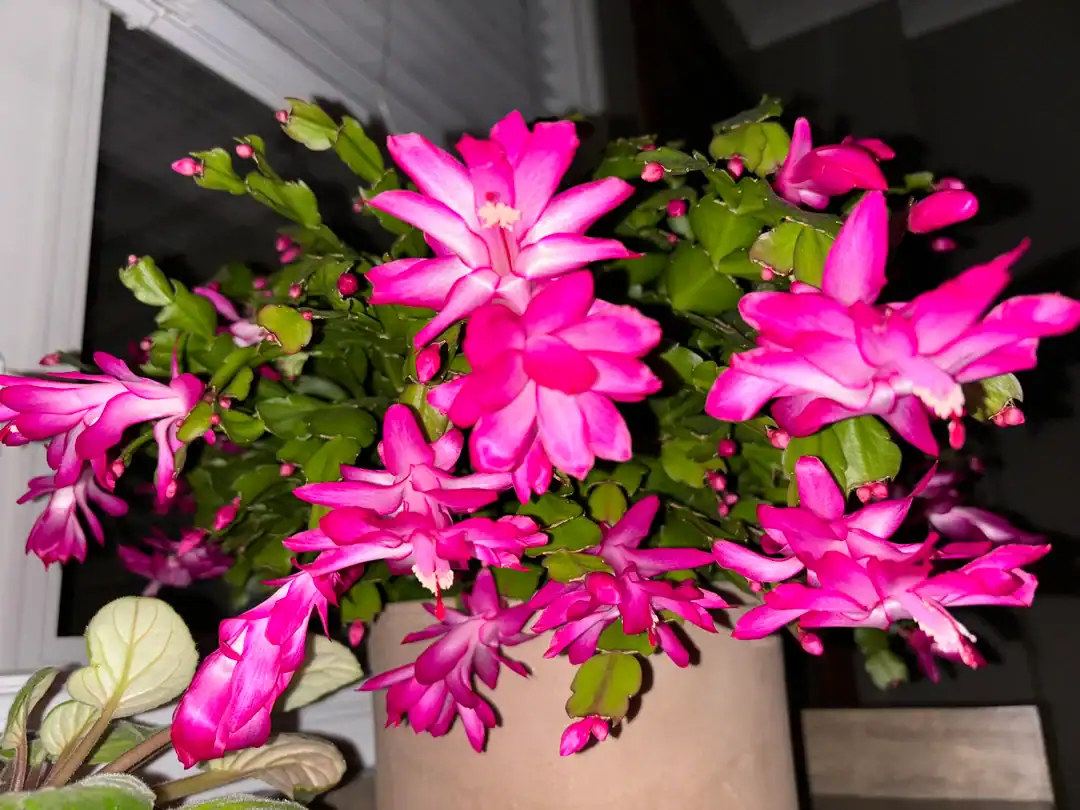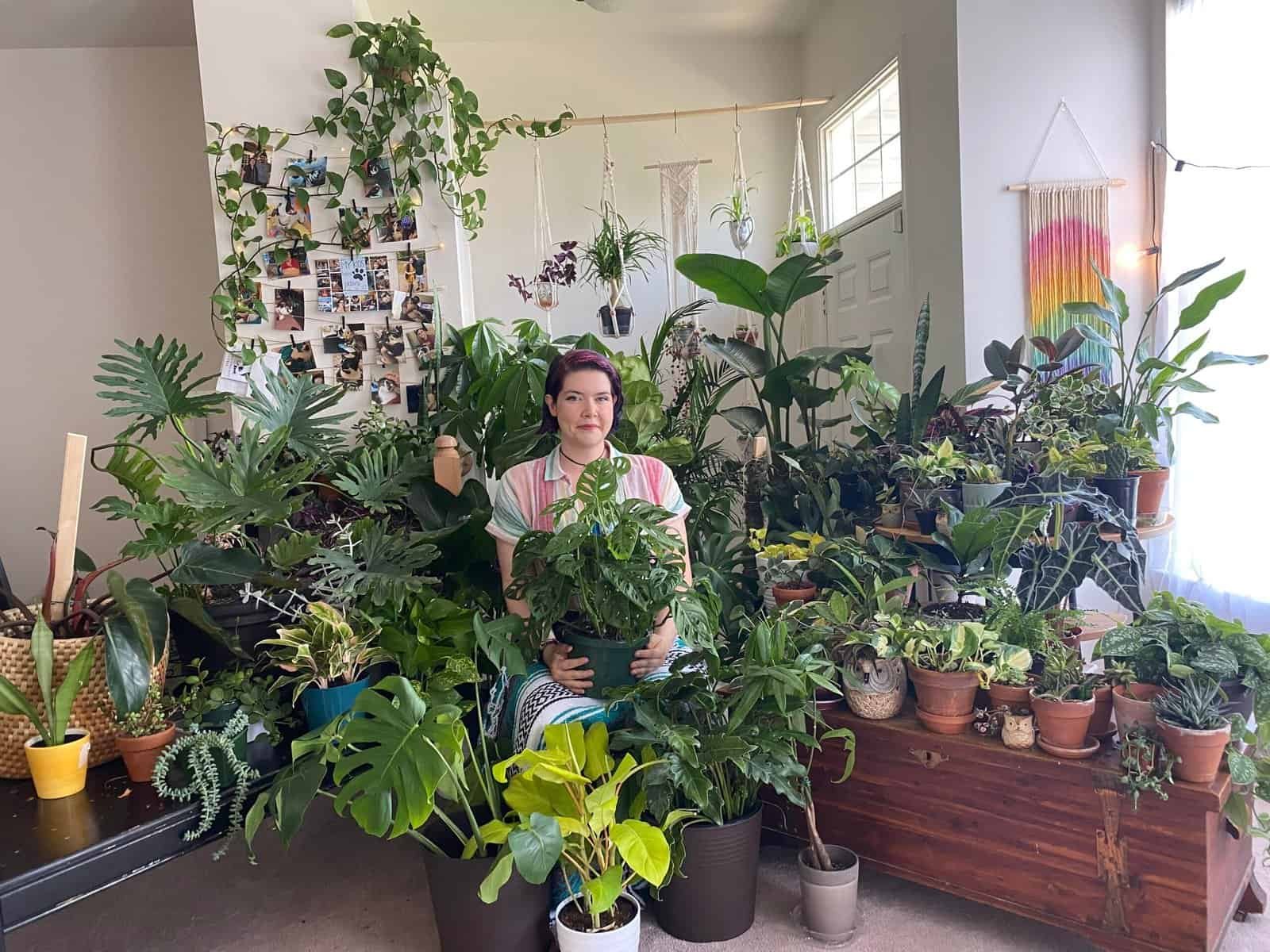
Hey hey
Coneflowers are durable, vibrant flowers that enhance any garden. They attract bees, butterflies, and other beneficial pollinators. To maintain the vibrancy of your garden for a longer period, combining coneflowers with suitable plants creates a significant impact.
Pairing plants can add more color and prolong the blooming season both before and after coneflowers blossom. What’s great is many of these companion plants are easy to grow and maintain.
Here are some of my top choices!
Contents
Best Companion Plants For Coneflowers
Pairing coneflowers with the right plants makes your garden pop. Choose flowers that attract pollinators and bloom beautifully together!
Gaillardia (Blanket Flower)

Gaillardia, or Blanket Flower, thrives in the sun and loves dry soil. It blooms brightly from summer into fall, pairing well with coneflowers for long-lasting color. I like its bold red, orange, and yellow petals that bring vibrant contrast to my garden.
This perennial needs little care and helps stop weeds by covering bare spots. Its heat tolerance makes it perfect for sunny gardens. Bees and butterflies flock to it, adding more life to the space.
Plus, it’s a native plant that feels right at home in most landscapes!
Agastache (Hyssop)

Agastache grows well with coneflowers. It loves the same sunny spots and dry soil. Its tall, spiky flowers add beautiful contrast in flower beds. The purple, pink, or blue blooms draw pollinators like bees and butterflies.
It blooms for a long time, even after coneflowers fade. This keeps the garden colorful through more of the season. I also find it easy to care for since it is drought-tolerant and needs little water once settled in.
Plus, its upright shape fits great into any garden design!
Lavender

I love using lavender near my coneflowers. Its soft silvery leaves add a nice texture to the garden. The purple blooms match well with the bold look of coneflowers too. It handles full sun and dry soil like a champ, making it super easy to care for.
The scent is another bonus! Lavender’s fragrance keeps pests away while attracting pollinators like bees. Its low, mounded shape works great for flower borders or in landscape design.
This drought-resistant herb brings both beauty and function to any sunny space!
Monarda (Bee Balm)

Bee Balm adds bold color and energy to any garden. Its tubular-shaped flowers pop against the upright structure of coneflowers.
Hummingbirds love it, too! It offers nectar they can’t resist. Plus, this perennial helps boost plant diversity and supports pollinators year after year. I enjoy how it livens up my floral arrangements with its unique blooms.
It also keeps my garden buzzing with life all season long!
Salvia (Meadow Sage)

Salvia gives my garden a nice splash of color. Its spiky flowers create a good contrast next to the rounded blooms of coneflowers. The timing works perfectly too because salvia often blooms earlier than coneflowers.
I like how easy it is to care for. I cut it back after its first bloom, and then it flowers again later! This keeps the garden lively for longer. Pollinators love it too, so bees and butterflies visit often.
Salvia adds both beauty and life to my space without needing much work.
Baptisia (False Indigo)

Baptisia, or False Indigo, adds charm to any garden. It blooms early with tall spikes of blue, purple, or yellow flowers. These flowers attract pollinators like bees and butterflies.
After blooming, it forms a bushy mound of blue-green foliage that lasts all season.
This plant is easy to grow and handles drought well. It works great as a backdrop in garden design because of its height and full shape. Native to North America, it enriches soil quality over time.
Adding Baptisia helps create a balanced landscape with both color and texture year-round!
Nepeta (Catmint)

Nepeta works as a great companion for coneflowers. Its low, spreading habit creates living mulch that keeps the soil cool and moist. This helps with weed control in my garden too, which is always a win! The purple-blue flowers bloom early in the season, adding color before coneflowers take over.
After its first bloom, I trim it back to encourage re-blooming later on. Pollinators love this plant, and so do I. It’s hardy and herbaceous, making garden maintenance much easier.
Plus, it pairs well with other perennials for a stunning floral display all season long!
Sedum (Stonecrop)

Sedum is a tough, drought-tolerant perennial. It grows well in sunny spots with well-drained soil. I love how its fleshy leaves add texture to my garden. The colorful blooms appear just as coneflowers start fading, keeping the garden lively into fall.
Pollinators enjoy sedum too. Its compact size fits perfectly in small spaces or as ground cover. This plant looks great in any landscape and pairs beautifully with tall flowers like coneflowers.
It’s also very low-maintenance, which saves me time and effort!
Rudbeckia (Black-Eyed Susan)

Rudbeckia adds so much cheer to any garden. The bright yellow petals with dark centers mix perfectly with coneflowers, creating a stunning display. These perennials also keep the garden lively by blooming for months, which helps extend seasonal color.
Pollinators love this plant too. Bees and butterflies often swarm the flowers in late summer when other blooms fade. This makes Rudbeckia great for biodiversity and garden aesthetics.
Plus, it’s easy to grow and thrives in many settings!
Honorable Mentions
Some plants might not be on the main list, but they still work wonders with coneflowers. These options add color and attract pollinators to your garden.
Coreopsis
This bright flower blooms for a long time. It adds sunny yellow shades and looks great with purple or pink coneflowers.
Yarrow
Its soft clusters bring a wildflower touch to gardens. Pollinators love it, and it thrives in sunlight like coneflowers do.
Echinacea ‘White Swan’
While similar to regular coneflowers, its white petals give lovely contrast. It’s perfect for softening bold colors in your space.
Shasta Daisy
With wide white blooms and a golden center, this plant pairs well in any garden design. It also shares similar care needs with coneflowers.
Penstemon
Known for its tubular flowers, it attracts hummingbirds quickly! It offers height diversity in floral combinations too.
Phlox
This plant creates a blanket of color around taller blooms like coneflowers. It’s fragrant and increases garden aesthetics beautifully.
Verbena
Tiny flowers cluster together on tall stems here, adding life to borders or open spots among perennials.
Goldenrod
Its yellow spikes contrast dramatically against deep-colored plants nearby while boosting biodiversity around pollinator-friendly areas!
Heliopsis (False Sunflower)
This perennial mimics little sunflowers that brighten every corner of your yard all season long!
Dianthus
Great for edges or fillers, these low-growing flowers offer pops of pinks, reds, or whites next to big bloomers like coneflowers!
Ending
I enjoy experimenting with plant combinations in my garden. Companion planting keeps things exciting and helps plants thrive. Trying different pairings teaches me a lot about cultivation and makes gardening more fun.
Feel free to share your favorite plant pairings! I love hearing ideas from fellow gardeners. Plant diversity is key to sustainable gardening, so let’s keep exploring new ways to grow better together.






